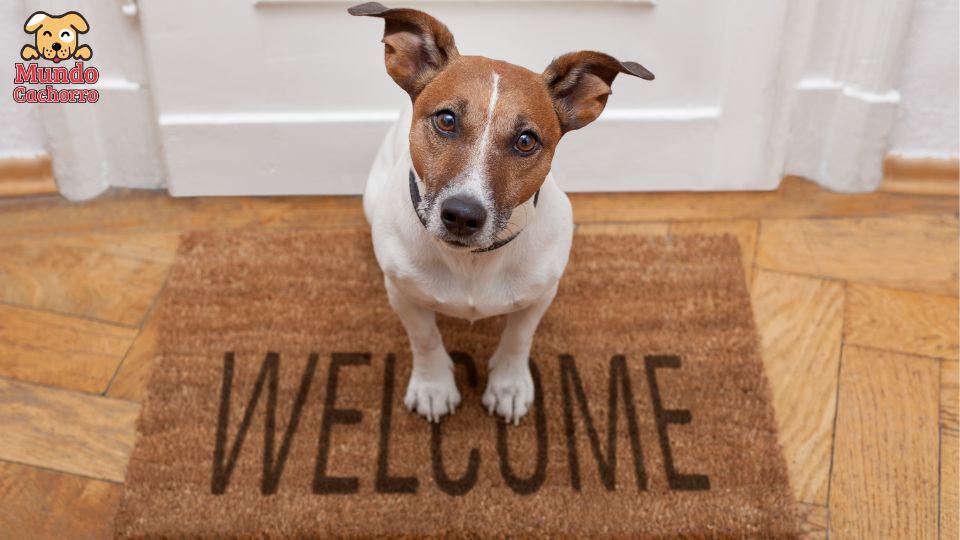Cats have been the subject of numerous myths and legends throughout history, fascinating and intriguing cultures around the world.
Among these myths, one of the most deeply rooted and well-known is the popular belief that cats have seven lives.
This curious notion has persisted throughout generations, reflecting the awe and mystery surrounding these enigmatic animals.
But where exactly does this belief come from and what is its significance?
The idea that cats have multiple lives is not unique to any one culture.
In some traditions, the number of lives varies; for example, in some European cultures cats are believed to have nine lives, while in some Arab and Turkish regions there is also talk of seven lives.
This belief may originate from cats’ remarkable agility and ability to escape situations that would often be lethal to other animals.
Their ability to land on their feet from considerable heights and escape unharmed has given them a reputation as creatures with a kind of mystical or supernatural protection.
Another interpretation relates to the ancient admiration for cats in cultures such as Egypt, where they were revered and associated with deities and divine attributes.
This veneration may have reinforced the idea of their multiple lives as a manifestation of their semi-divine and mysterious nature.
Thus, the belief that cats have seven lives is as much a testament to their exceptional physique and abilities as it is to their special place in human folklore and mythology.
Although clearly a myth, it reflects the awe and respect humans have felt for cats over the centuries.
Indice
Time to leave a dog home alone
In general, experts suggest that the maximum time an adult dog can safely be left home alone ranges from 4 to 6 hours.
However, it is important to recognize that this range can vary significantly depending on several crucial factors, such as the dog’s breed, level of training, age and health status.
Puppies and older dogs, for example, as well as those suffering from separation anxiety, may need more frequent supervision and shorter periods of solitude.
These factors should be carefully considered to ensure that the time the dog spends alone does not negatively affect its emotional and physical well-being.
How to know if my dog is mad at me
For puppies, in particular, it is crucial that the time they spend alone be carefully limited.
Very young puppies, less than 12 weeks old, generally need to be taken out every 1-2 hours not only to relieve themselves but also to receive essential socialization during this critical stage of their development.
As puppies grow older and gain more independence, their ability to tolerate longer periods of solitude may gradually increase, but always in a manner that respects their rate of adaptation and growth.
On the other hand, older dogs may face unique challenges that require special consideration.
Some of these dogs may need to go out more frequently due to health issues or decreased bladder control.
In addition, changes in their activity level and physical ability may affect their well-being if they are left alone for too long.
It is crucial to tailor the time a dog spends alone to each pet’s individual needs, taking into account their physical and emotional well-being, to ensure that their golden years are comfortable and happy. 
Some dogs can experience significant levels of stress when left alone and may display destructive behaviors or engage in excessive vocalizations.
If you notice your dog showing signs of separation anxiety, such as trembling, persistent barking or tearing up the home, it is imperative to seek the help of a professional.
A dog trainer or specialized veterinarian can offer strategies and treatments to help manage and mitigate these behaviors, thus improving your pet’s quality of life and yours.
10 tips for getting a dog used to being left alone at home
Early training
To help your dog adapt to periods of solitude, it is highly recommended to start training him gradually from an early age.
Crate training or the use of designated safe and comfortable areas while you are away can be very effective in helping your dog feel more secure and safe during your absences.
This type of training can foster a sense of calmness in the dog and lessen the anxiety he may experience when left alone.
In addition to managing the time your dog spends alone, it is essential to ensure that he always has access to fresh water and safe toys to keep him active and entertained.
Providing a good level of exercise before leaving him alone can also be an excellent way to reduce any possible anxiety and boredom he may develop.
Home tricks to keep your dog smelling good
If you anticipate being away for a longer period of time than recommended, it is advisable to consider other options such as hiring a dog walker, taking your dog to doggy daycare, or asking a friend or family member to visit your dog during the day to interact with him and make sure he is doing well. In summary, although the maximum recommended time to leave an adult dog home alone generally ranges from 4 to 6 hours, it is crucial to tailor this time to your dog’s specific needs and ensure that he is in a safe and comfortable environment during your absences.
Veterinary supervision and consultation with a professional trainer can offer invaluable support, especially if you have concerns about your pet’s behavior or needs while you are away.







